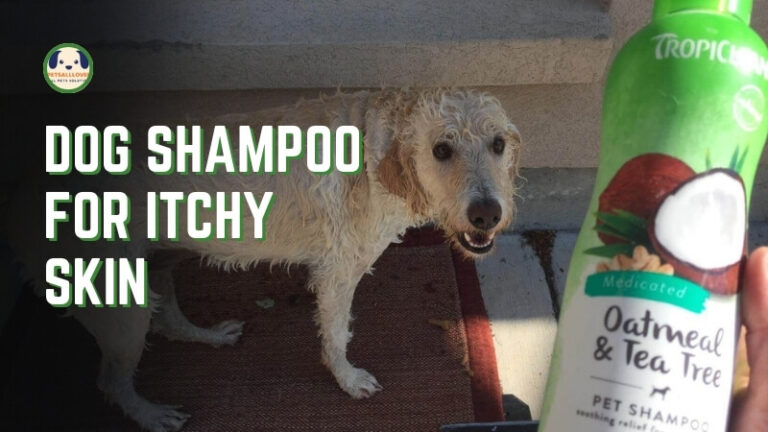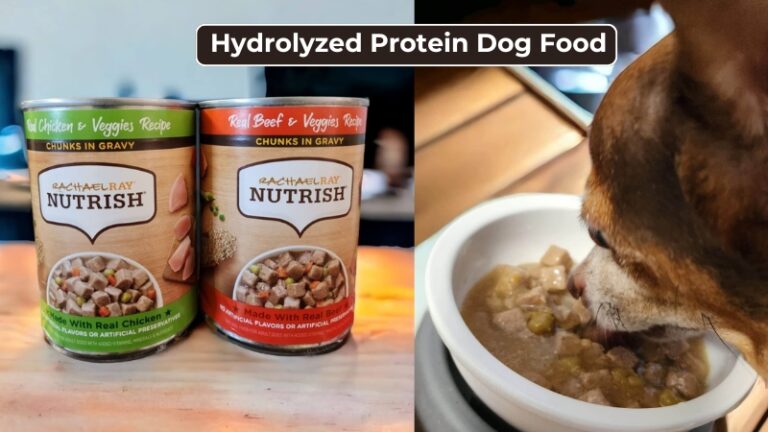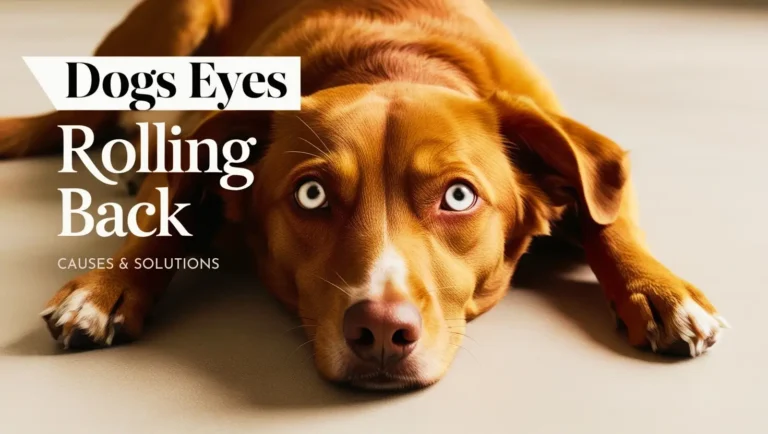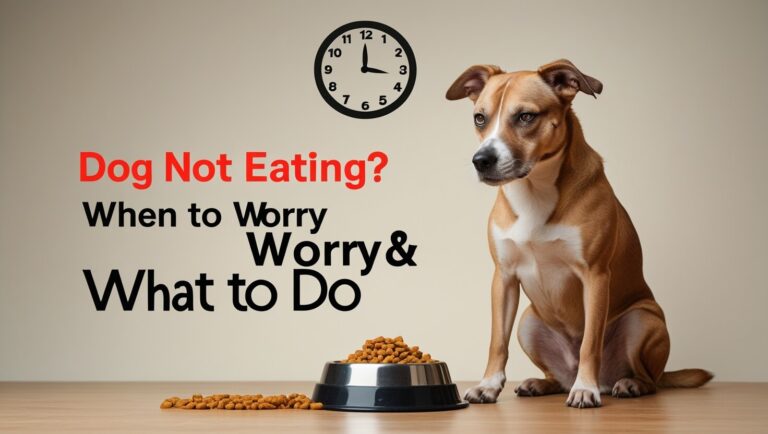Why Is My Dog Not Eating But Acting Normal? 7 Common Reasons & What to Do
🐶 Why Is My Dog Not Eating But Acting Normal?
It’s one of the most confusing and stressful moments for any dog parent — your dog skips a meal, maybe two… but still runs to greet you, wags their tail, and even plays like everything’s fine. You begin to wonder: Why is my dog not eating but acting normal? Should I be worried?
First, take a deep breath. This situation is surprisingly common and doesn’t always signal an emergency. In many cases, dogs may lose their appetite temporarily due to minor issues like stress, food boredom, or a simple upset stomach — all without showing any major signs of illness.
But as a loving pet owner, it’s completely natural to feel concerned. After all, eating is a key sign of health, and any change in your dog’s routine deserves a closer look.
In this article, we’ll gently walk you through:
- ✅ Common (and often harmless) reasons why your dog may stop eating
- ✅ When it’s safe to wait and monitor
- ✅ When it’s time to call your vet
- ✅ Simple steps you can take at home to help
Let’s dive in — because your pup deserves the best care, and you deserve peace of mind. 🐾❤️
Is This Normal Behavior or a Hidden Issue?
It might seem puzzling: your dog skips meals but still runs to the door when you grab the leash, plays with their favorite toy, or even begs for belly rubs. This can leave you asking — Is this really normal? Or is something hiding beneath the surface?
🦴 What It Means When Your Dog Skips Food but Seems Energetic
Dogs, like humans, can have off days. A missed meal here and there doesn’t always mean trouble. Maybe they’re just not hungry at the moment. Perhaps they got a few too many treats earlier, or they’re feeling a little unsettled from a change in routine.
In many mild cases, dogs may temporarily lose interest in food but still remain alert and playful. If your dog is drinking water, engaging with you, and showing no other unusual signs — it may just be a short-term dip in appetite.
However, this behavior should still be monitored closely.
👀 Why Observing Patterns Matters
The key is consistency and observation. Ask yourself:
- Has your dog skipped meals before?
- Are they avoiding just one type of food or all food?
- Is this behavior new or part of a pattern?
Keeping track of when the appetite changes began — and whether it’s improving or getting worse — helps you make smarter, calmer decisions about whether to intervene or wait.
A food diary or quick notes on your phone can be incredibly helpful here.
⚠️ When “Acting Normal” Might Be Misleading
Dogs are masters of hiding pain or discomfort. Just because they’re walking, wagging, or playing doesn’t always mean they’re okay inside.
Here are some subtle signs that might slip under the radar:
- Eating less, but still drinking water
- Showing interest in food but walking away
- Chewing slower, or favoring one side of the mouth
- Hiding more often or sleeping in odd places
- Changes in stool, gas, or burping more than usual
If these signs sound familiar, don’t ignore them. Even if your dog appears “normal,” their appetite is still a signal — and your attention to it could make all the difference.

Common Reasons Dogs Skip Meals but Seem Fine
Dogs can be surprisingly complex when it comes to food. While a missed meal might seem like a red flag, there are actually several non-serious reasons your pup might not be eating — yet still appears energetic, playful, and “normal.”
Let’s explore these one by one:
🦴 Mild Digestive Upset
Sometimes, dogs just don’t feel like eating — and it’s not always a sign of illness.
Maybe your dog ate something odd during a walk, snuck a bite of human food, or chewed on grass. These can cause temporary nausea, bloating, or gas, making them avoid their usual kibble for a meal or two.
Most mild digestive issues resolve within 24–48 hours and don’t require immediate vet attention — but you should keep an eye out for vomiting, diarrhea, or signs of pain.
🏠 Change in Environment or Routine
Dogs are creatures of habit. Even small changes in their daily routine or surroundings can cause short-term appetite loss.
Common triggers include:
- Moving to a new home
- Loud guests or new pets
- Changes in feeding time
- Unusual weather or travel
Your dog may still act normal in other ways — wagging, playing, responding to cues — but mealtime just doesn’t feel right to them during transitions.
The good news? Most dogs bounce back quickly once things settle down again.
🍗 Food Boredom or Preference
Yes — dogs can be picky, too!
Just like humans, they may lose interest in the same food served over and over.
If your dog sniffs their bowl and walks away but still shows interest in treats or table scraps, this could be a sign of food boredom.
Try:
- Warming the food slightly to enhance aroma
- Adding a spoon of unsalted broth or wet food
- Switching to a new flavor or protein type gradually
Make any changes slowly to avoid upsetting their stomach.
🦷 Dental Discomfort or Mouth Issues
Dogs often hide mouth pain surprisingly well. They may still wag their tail, go for walks, and even chew toys — but avoid harder kibble when eating becomes uncomfortable.
Look out for:
- Drooling
- Chewing on one side only
- Pawing at the mouth
- Bad breath
Conditions like gingivitis, cracked teeth, or oral ulcers can make eating painful, even if everything else seems normal. If your dog shows these signs, a vet dental check is a smart move.
😟 Stress, Anxiety, or Mood Changes
Emotional stress plays a big role in appetite changes.
Dogs feel more than we often realize — they can get anxious due to:
- Loud noises (thunder, fireworks)
- Being left alone longer than usual
- Vet visits or car rides
- New people or pets at home
Even without any physical symptoms, your dog may skip meals while processing emotional tension. With time, reassurance, and patience, their appetite often returns naturally.
🍖 Feeding Schedule or Treat Overload
Sometimes the problem isn’t health — it’s timing and portion control.
If your dog gets:
- Too many treats throughout the day
- Table scraps from family members
- Access to food outside their bowl
They may simply not be hungry at mealtime.
Try:
- Cutting back on mid-day snacks
- Setting consistent meal times
- Avoiding feeding close to playtime or naps
This small adjustment can make a big difference in restoring mealtime interest.
Each of these causes is generally mild and manageable — but observing your dog closely is always key. Up next, we’ll cover when you should start to worry, and what warning signs to watch for.
Let me know when to continue to the next H2: “When Should You Worry?” 🐕✨
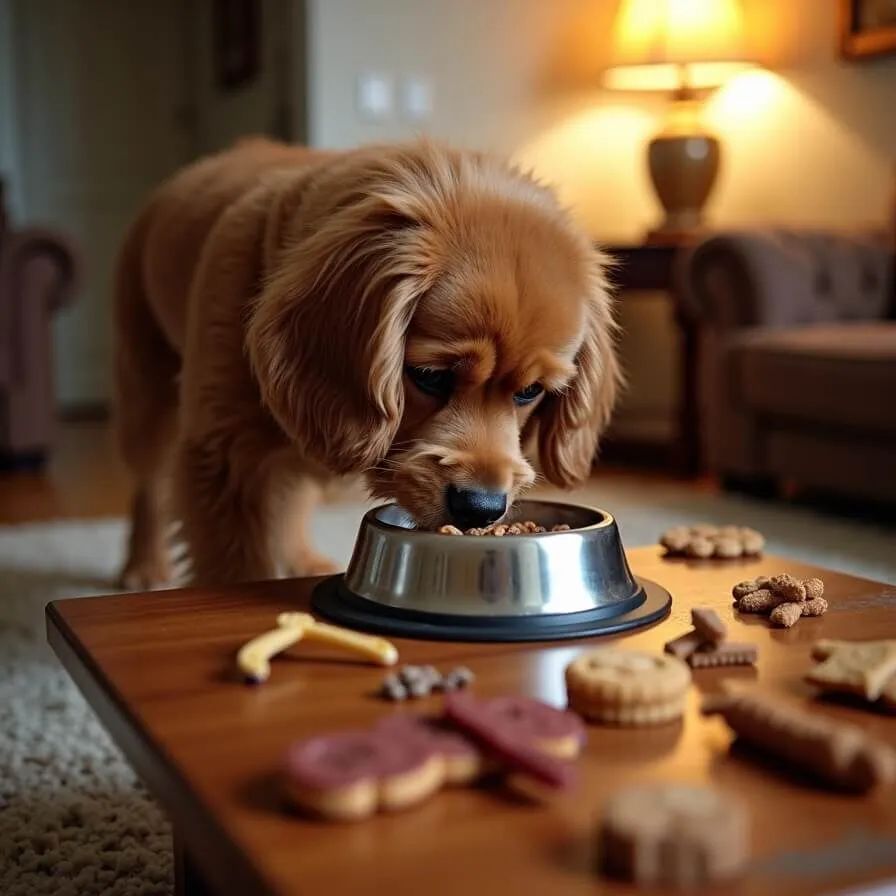
When Should You Worry? — Signs That It’s Not Just a Phase
While many cases of a dog skipping meals are harmless and temporary, there are times when you should take the situation more seriously. If your dog hasn’t eaten for over a day or two, even though they seem okay otherwise, it might be time to pay closer attention.
Here’s when missed meals aren’t just “mood swings” — but may signal a hidden issue needing vet care:
⏳ Skipped Food for More Than 48 Hours
If your dog hasn’t eaten anything for more than 48 hours, it’s a major red flag — even if they’re still drinking water and walking around normally.
Dogs can survive a few days without food, but extended fasting can:
- Weaken their immune system
- Lead to organ strain or dehydration
- Worsen underlying conditions like diabetes or kidney issues
➡️ Internal Link Opportunity:
Read more in our full guide: How Long Can a Dog Go Without Eating?
💩 Changes in Stool, Vomiting, or Bloating
If your dog skips meals and shows these symptoms, seek vet help ASAP:
- Vomiting (especially more than once)
- Diarrhea or very hard/dry stools
- A swollen or hard belly
- Signs of constipation or straining
These can point to digestive blockages, infections, or internal inflammation — all of which need professional diagnosis.
🦷 Drooling, Pawing at Mouth, or Hiding Behavior
Behavioral shifts are often subtle but important.
If your pup starts:
- Drooling more than usual
- Pawing at their mouth or jaw
- Avoiding touch or hiding
- Acting more lethargic or “off”
These may signal dental pain, ulcers, or even something stuck in the throat.
Even if they’re “acting normal” between episodes, these symptoms are not normal. Trust your gut and book a check-up.
⚖️ Rapid Weight Loss
A dog can lose noticeable weight in just a few days without food — especially smaller breeds or those with high metabolism.
If your dog’s ribs start showing or their coat looks dull and patchy, you could be dealing with:
- Nutritional deficiency
- Chronic conditions like pancreatitis
- Hormonal imbalances or liver issues
Track your dog’s body condition over time — and don’t delay if the change seems fast or dramatic.
In the next section, we’ll discuss what steps you can take at home first, before rushing to the vet — including gentle appetite-boosting strategies and signs your dog might respond well to a simple routine reset.
Let me know when you’d like me to continue with H2: “What You Can Do at Home First” 🐶🍲
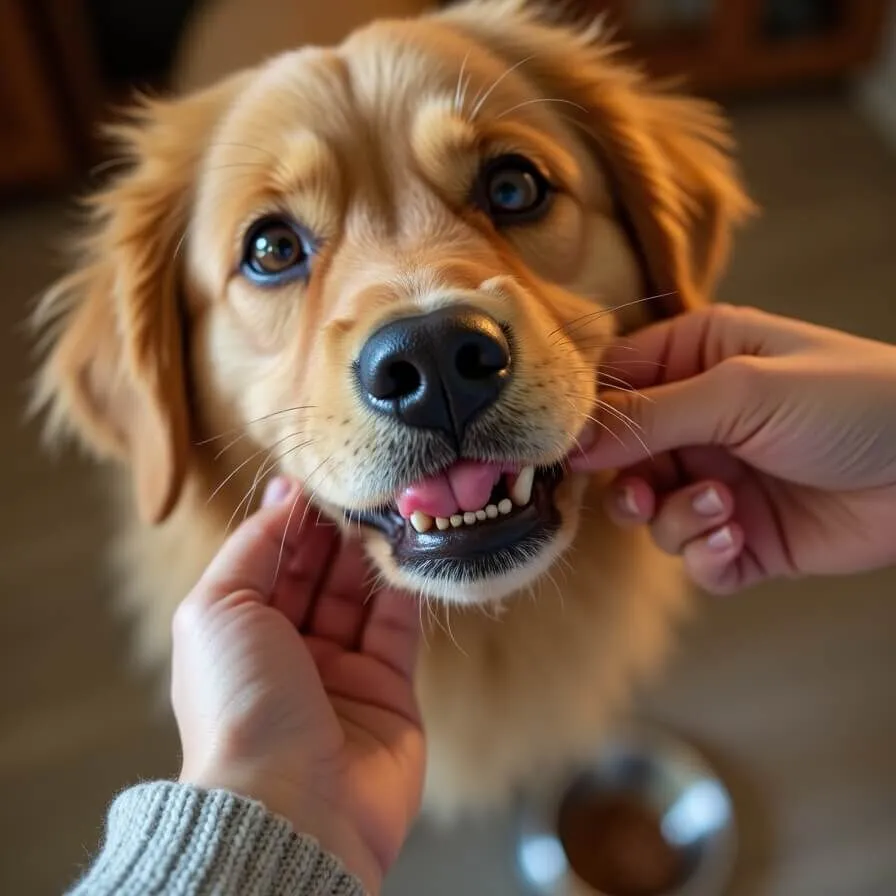
What You Can Do at Home (Before the Vet)
Before jumping to conclusions or panicking, there are a few gentle, home-based steps you can try to get your pup eating again. These methods are especially useful if your dog has only missed one or two meals but is otherwise acting normal.
🍗 Offer a Bland Diet (Boiled Chicken & Rice)
Sometimes, a dog’s stomach just needs a break. Offering a simple, easily digestible meal like:
- Boiled, unseasoned chicken
- Plain white rice
…can help soothe the gut and rekindle appetite.
⚠️ Don’t add any oil, salt, or spices. Simplicity is key here.
🔥 Warm the Food to Release Aroma
Dogs rely heavily on their sense of smell to decide whether or not to eat.
Try:
- Slightly warming the food (but not too hot)
- Adding a tiny bit of warm water or bone broth to dry kibble
The extra aroma may entice a picky or anxious pup back to their bowl.
🚫 Remove Treats for 24 Hours
Too many treats can spoil your dog’s appetite — especially if they’re high-value snacks.
Cut out treats completely for a full day, and don’t offer anything outside their meal bowl.
This helps reset their routine and reminds them where meals happen.
✋ Try Hand-Feeding
Some dogs respond to extra attention and affection. If your dog is hesitant to eat from the bowl, try:
- Offering a few bites from your hand
- Sitting beside them quietly during mealtime
Hand-feeding builds trust and may reduce anxiety — especially after stressful events or changes at home.
💧 Monitor Water Intake & Energy Levels
Even if your dog refuses food, make sure they’re drinking water.
Signs of dehydration include:
- Dry gums
- Sunken eyes
- Lethargy
Also watch their energy. A dog that refuses food but still plays and wags their tail might just be moody — but if they’re sleepy, withdrawn, or moving slower, something deeper could be going on.
🩺 H2: When to Call the Vet
If home remedies aren’t working and your dog still won’t eat after 48 hours, it’s time to stop guessing.
Knowing when to call your vet can save your dog from more serious health consequences. Here’s when to reach out:
⏱ If Food Refusal Continues Beyond 48 Hours
Even if your dog is drinking water and moving around normally, two days without food is too long.
Extended fasting can:
- Weaken their immune system
- Cause muscle loss or nutrient imbalances
- Worsen pre-existing health problems
⚠️ If Other Symptoms Appear
Call your vet immediately if food refusal comes with:
- Vomiting or diarrhea
- Coughing, sneezing, or labored breathing
- Drooling, pacing, or restlessness
- Signs of pain when touched
These may point to infections, injuries, or internal complications.
👵 If Your Dog Is Senior or Has Health Conditions
Older dogs and dogs with existing issues like:
- Kidney disease
- Diabetes
- Dental disease
- Thyroid imbalance
…can’t afford to skip meals like younger, healthy dogs. A sudden appetite loss may signal something urgent.
🔍 Importance of Professional Diagnosis
Your vet can do more than just prescribe medicine — they’ll:
- Check for hidden pain
- Run bloodwork or imaging
- Provide tailored feeding plans
Trust your instincts. If something feels “off” — even if your dog is wagging their tail — a professional opinion is the safest path forward.
Final Thoughts — Trust Your Instincts & Observe with Care
Dogs can’t speak our language — but they do communicate with behavior. A wagging tail or playful bark doesn’t always mean everything’s okay on the inside.
Even if your dog is acting normal, skipping meals may be their quiet way of saying something’s off.
- Don’t ignore your gut feeling
- Small signs today can prevent big issues tomorrow
- Observing patterns and acting early shows how deeply you care
Remember:
You know your dog best.
Love, patience, and timely attention are often the most powerful medicine. 💖


